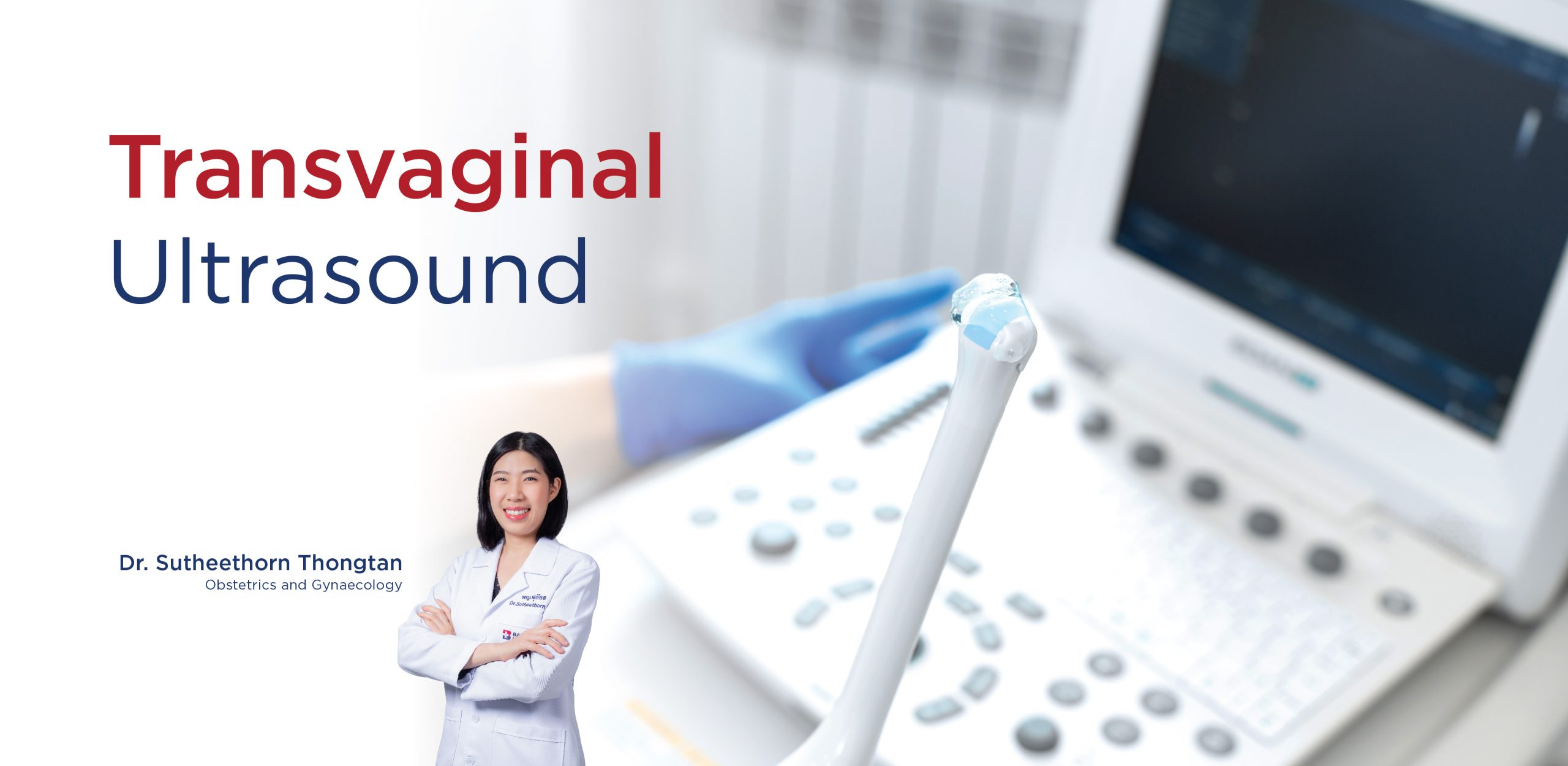
Sometimes a typical vaginal examination may be insufficient to detect anomalies for certain prevalent disorders that affect women. Transvaginal ultrasound can identify cancerous cells or benign tumors. Additionally, transvaginal ultrasound enhances diagnostic precision and facilitates earlier and more effective illness diagnosis and treatment. A tiny, high-frequency sound probe is placed into the vagina during transvaginal ultrasound to get a clear view of the pelvic organs. This covers the ovaries, fallopian tubes, uterus, and cervix. It is useful for identifying anomalies in the pelvic floor or for determining internal organ structures. Transvaginal ultrasound is also helpful for monitoring and confirming pregnancy.
Myoma Uteri
Myoma uteri is caused by abnormal alterations in the muscle cells of the uterus. It can develop in the uterine tissue, uterine cavity, or both. In addition, it can develop into a lump protruding from the uterus which may be felt by the patient. It is less common in women who experience menopause owing to hormone depletion and more common in those who reach reproductive age around the age of thirty.
Symptoms
- Abnormal uterine bleeding: abnormal heavy or prolonged menstrual bleeding
- Pelvic cramps: menstrual cramps or pelvic cramps without period
- Frequent urination and constipation: compression of a large tumor on the bladder and rectum, causing frequent urination and constipation.
- Infertility: enlargement of a tumor leads to compression on the uterus, preventing the implantation of the embryo
Endometriosis
The cause of endometriosis is the growth of endometrial lining outside the uterus into a chocolate cyst or endometriosis cyst or adenomyosis, inducing inflammation and fibrosis in the affected area.
Symptoms
- No obvious symptoms
- Severe and prolonged menstrual cramps
- Unusual tenesmus during menstruation
- Abdominal pain during or following sexual intercourse
- Infertility due to fibrosis of pelvic floor, making it unsuitable for fertilization
Ovarian Cyst
Ovarian cysts are caused by abnormal cell division in the ovaries. They are most common in women of reproductive age between 18 and 45 years of age.
Symptoms
- No obvious symptoms
- Pelvic cramps
- Enlarged abdomen, abdominal lump, bloating, and abdominal distension
- Frequent urination due to cyst enlargement and compression of the bladder
- Irregular menstruation, irregular or heavy periods, severe menstrual cramps, pelvic cramps all the time even without menstruation
- Painful intercourse
- Loss of appetite and weight loss
Who Needs a Transvaginal Ultrasound?
- Women aged 25 years and over or younger who experience the following problems:
- Pelvic cramps or irregular periods
- Pelvic lump
- People with a family history of gynecological disease should undergo an annual vaginal examination
Preparation for vaginal examination and transvaginal ultrasound
- It is recommended to get examination at least 3 days after your menstrual period. at least 3 days after your period
- Avoid vaginal douching or vaginal suppositories at least 2 days before the examination
- Avoid sexual intercourse at least 1 day before the examination
- You can consult a doctor and be checked out without waiting for your period to stop if you are experiencing severe menstrual cramps or heavy bleeding throughout your menstruation
- Wear comfortable, loose-fitting clothing and urinate before the examination
Transvaginal Ultrasound Procedure
The patient lies on his/her back with both legs over the stirrups. The physician inserts a gel-lubricated, condom-covered probe through the vagina to acquire multiple views of the interior organs. While the probe is within, there can be some discomfort, but the examination itself is not painful.
After Transvaginal Ultrasound
- Patient can resume his/her normal daily activities
- Physician explains the results to the patient
Advantages
- Painless procedure
- Fast procedure, usually takes about 15–30 minutes
- High accuracy
- Suitable for diagnosis of several conditions
- Suitable for follow-up
Disadvantages
- Some patients may experience slight discomfort
- Cannot be used for diagnosis of some conditions, such as certain types of cancerous tumors
- Some women may feel uncomfortable insisting on getting this procedure
Recommended for
- Women who have gynecological signs and symptoms such as irregular periods, pelvic cramps, and abnormal vaginal discharge
- Pregnant women
- Women at risk of developing uterine or ovarian cancer
Transvaginal ultrasound can also be used for other purposes, such as collecting tissue samples for pathological examination or guide the needle placement during egg aspiration or egg retrieval.
Conclusions
Transvaginal ultrasound is a diagnostic and monitoring technique for various disorders in uterus, ovaries, and internal pelvic organs of women
